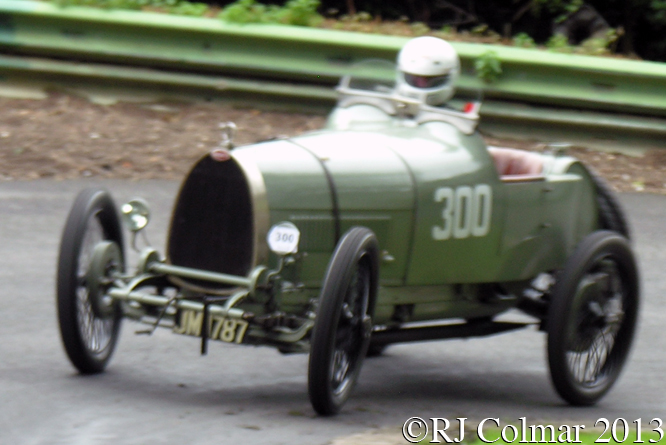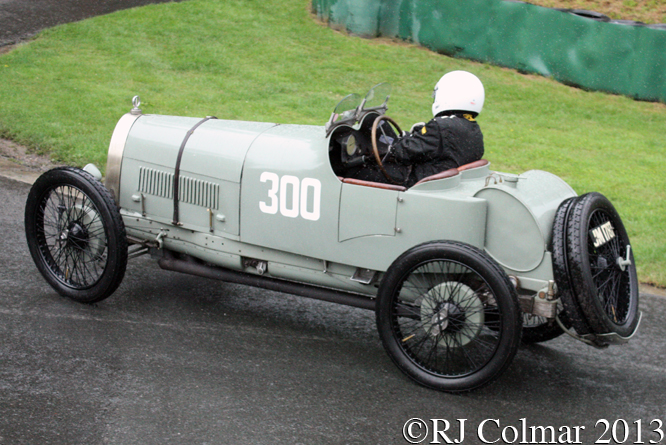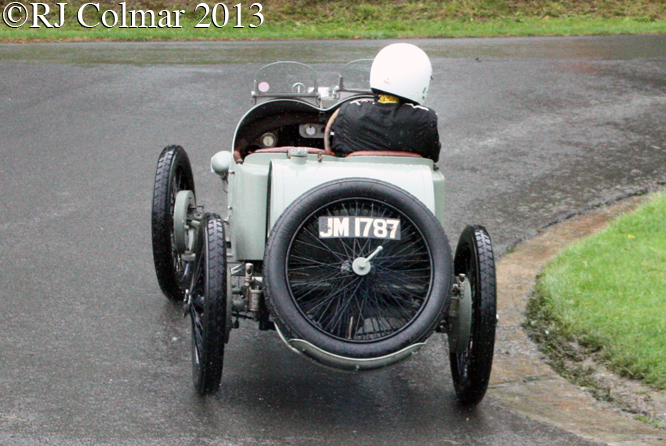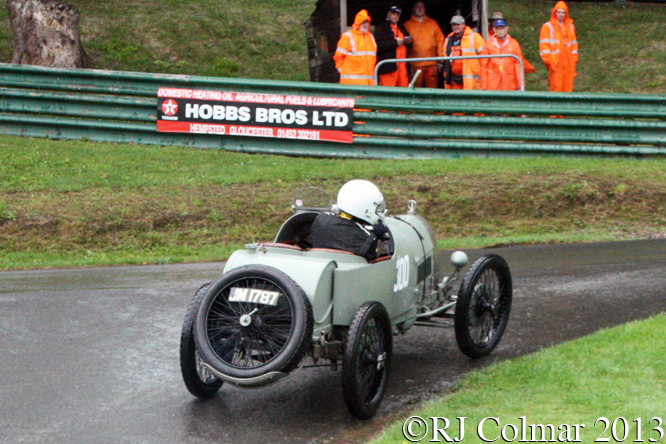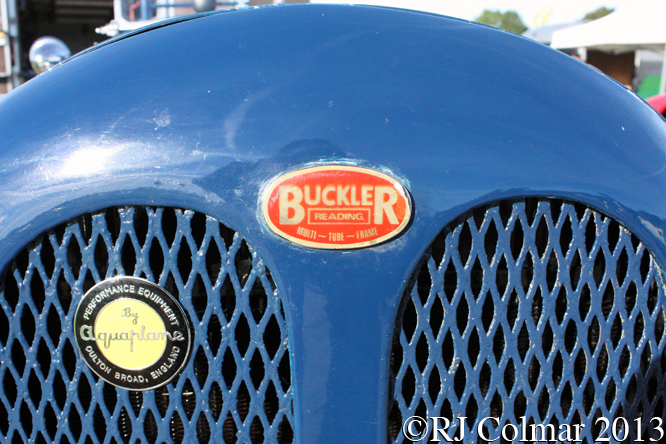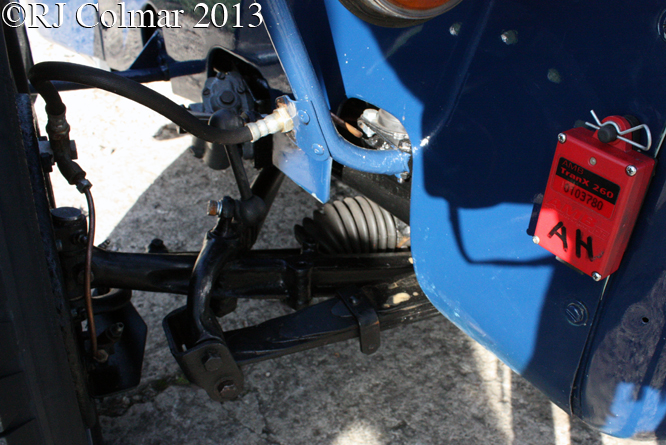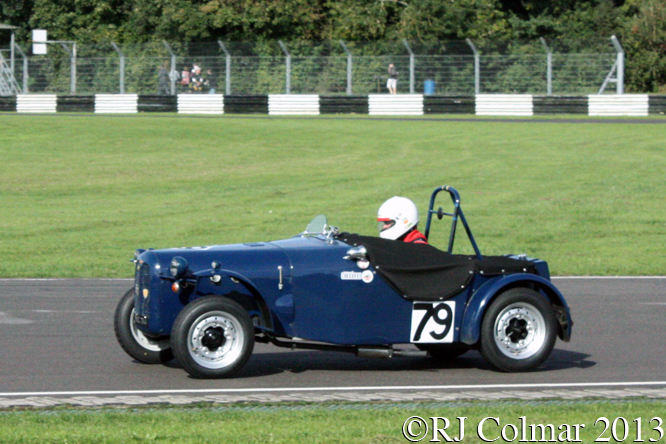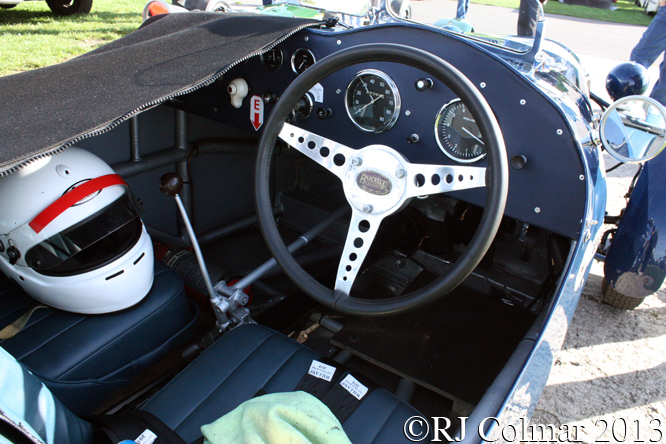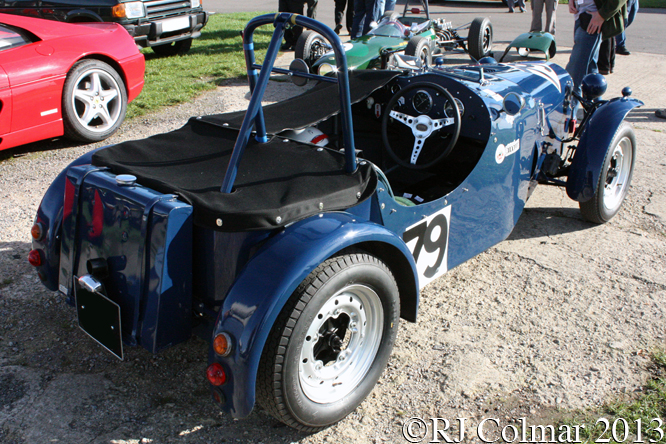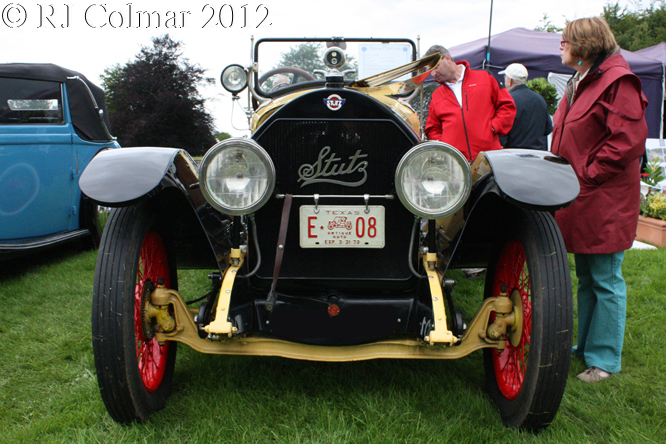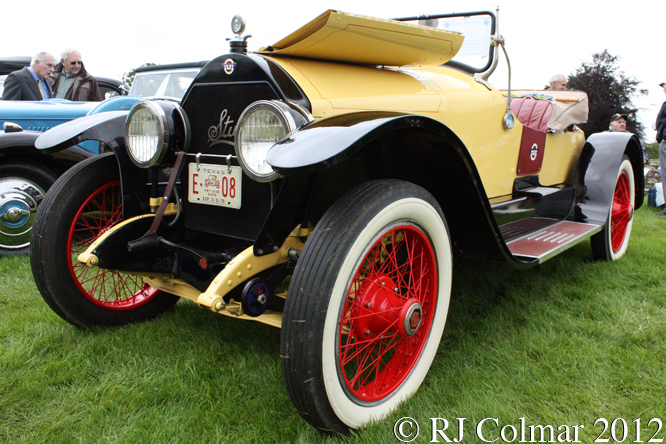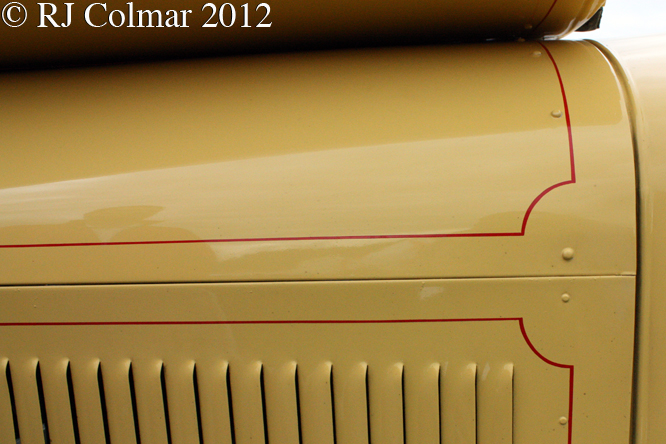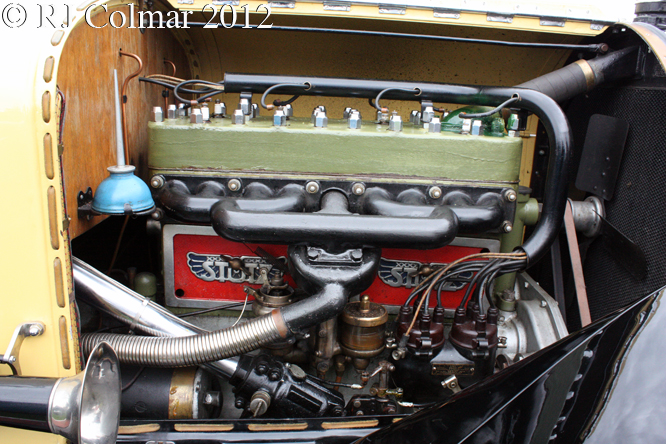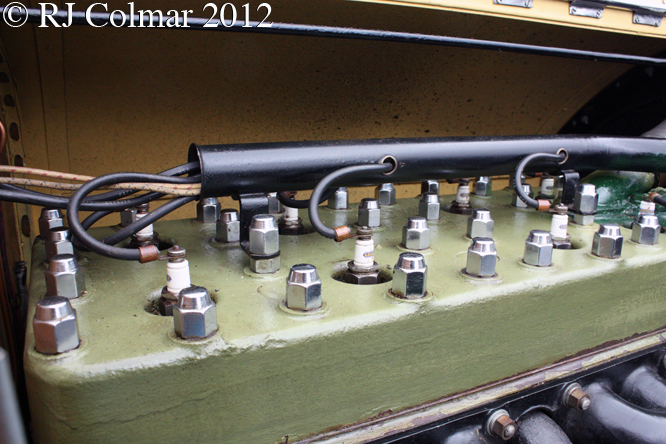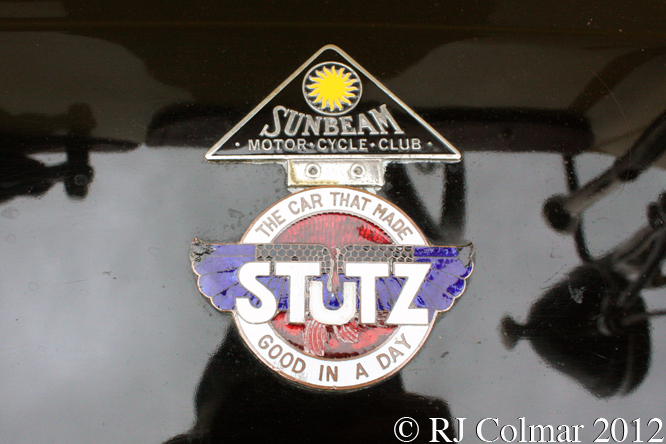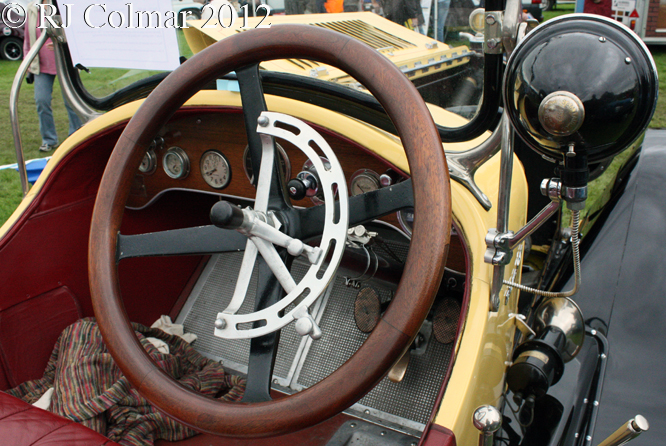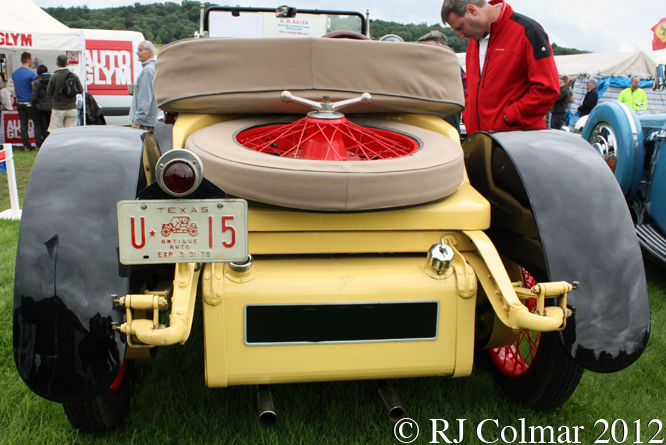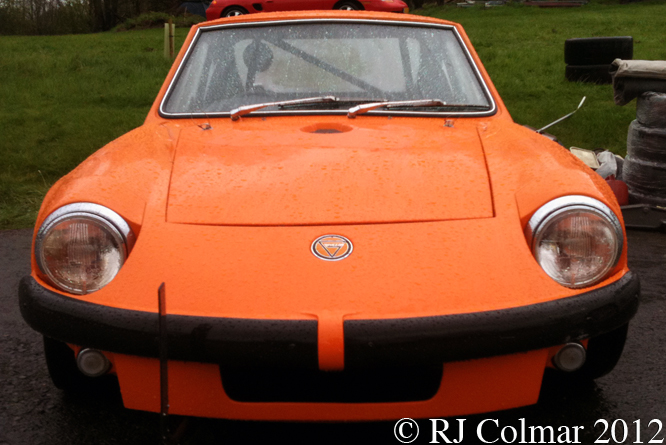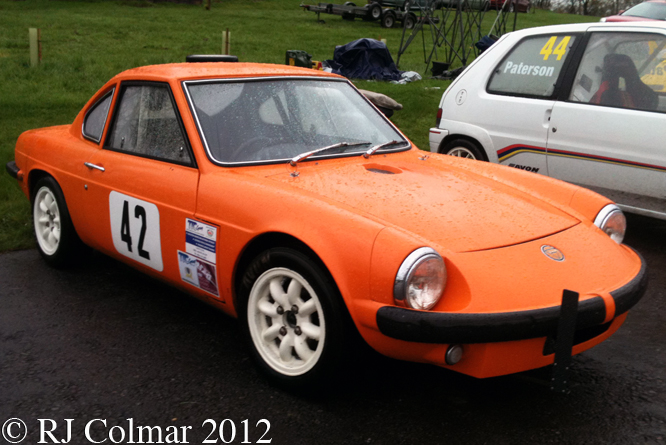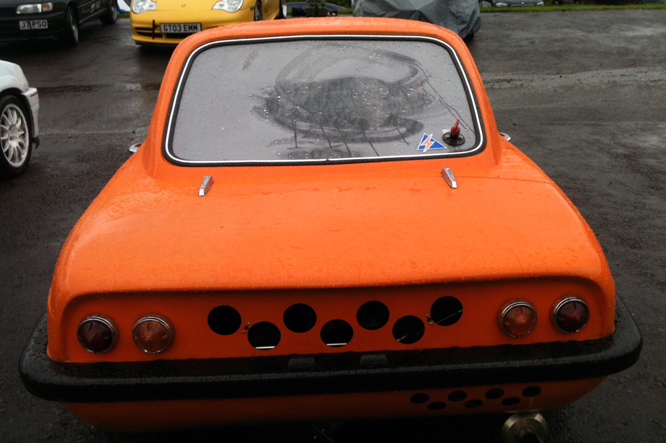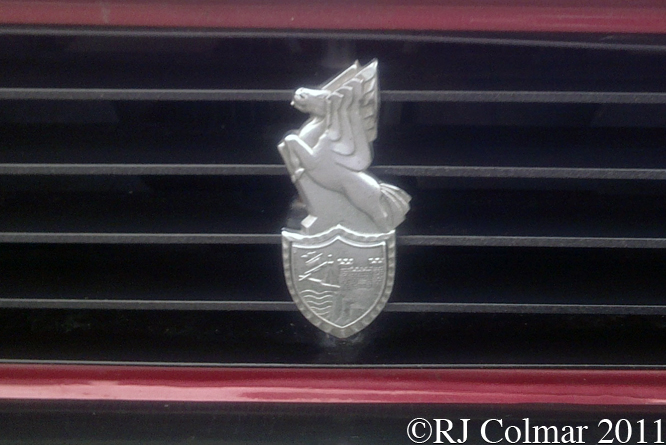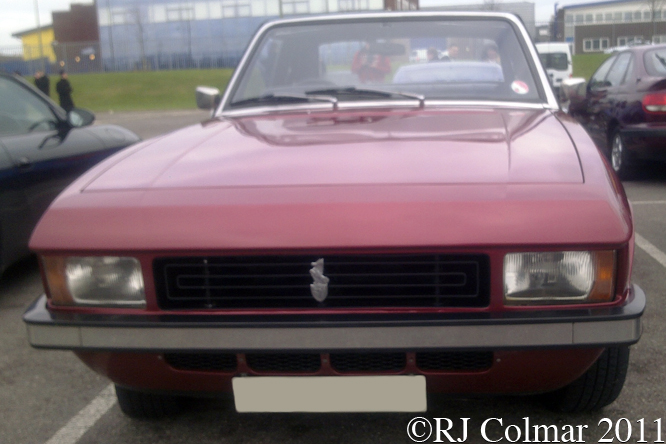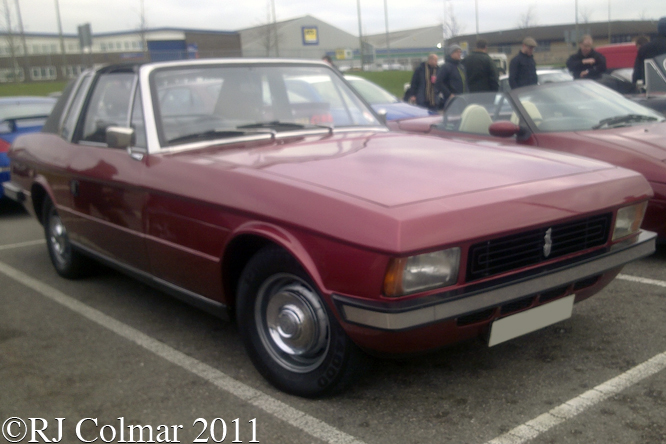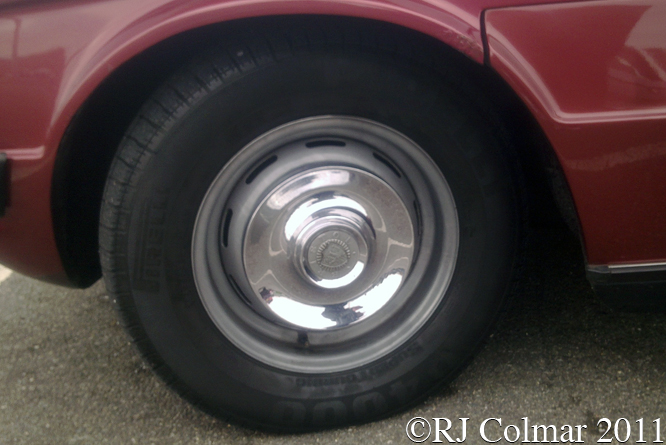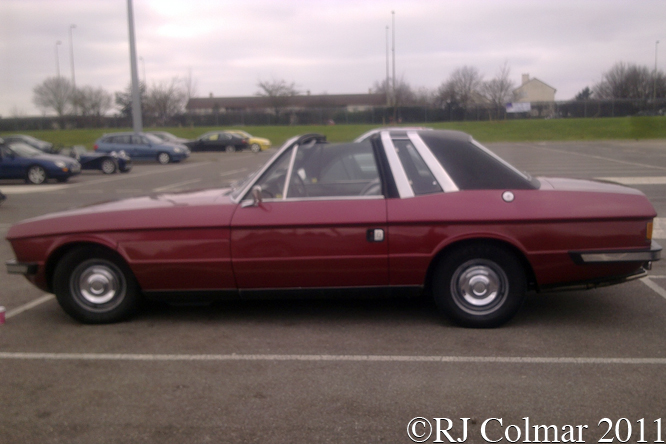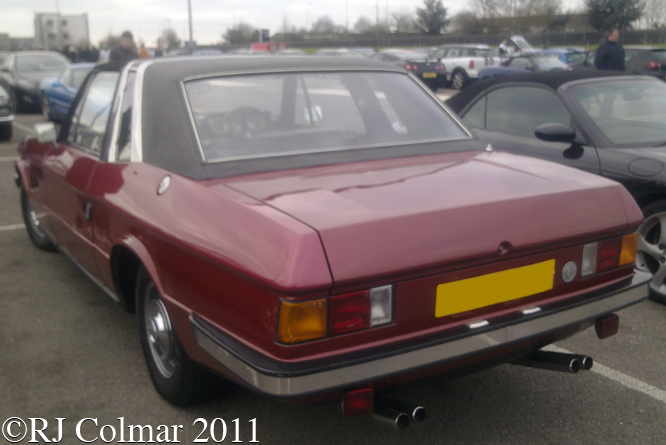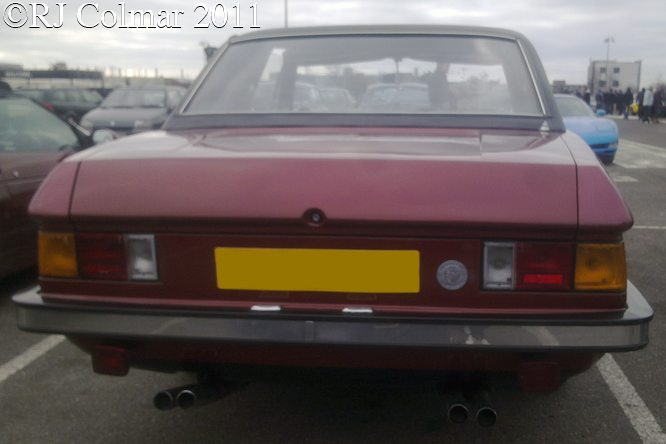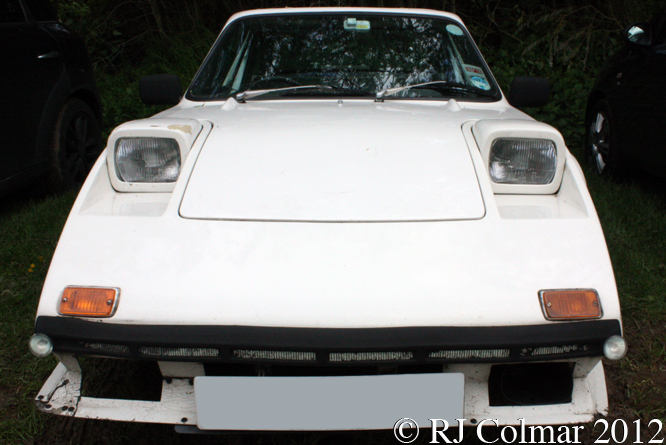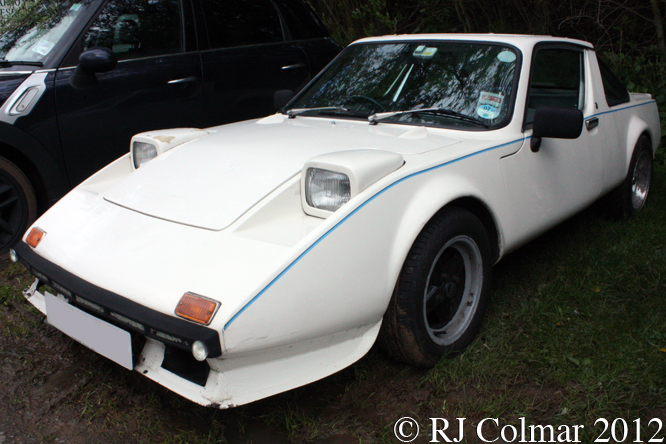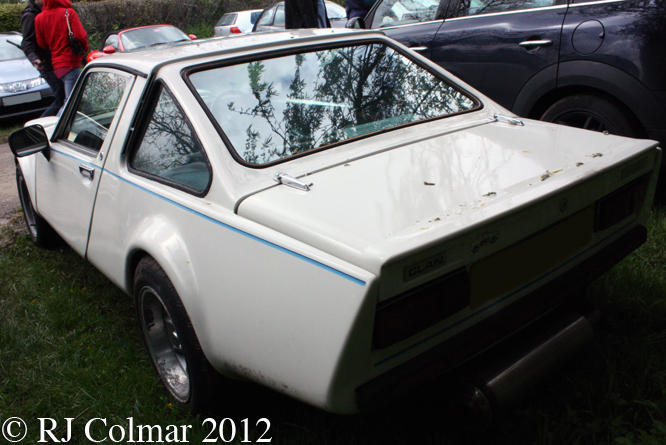In 1962 Bruce McLaren raced the rear 4 cylinder Coventry Climax engined Cooper Monaco T61 for the first time. It is not clear if the first appearance was in Canada where there was an entry but no known result or in the USA where Bruce finished 4th in the Riverside Grand Prix.
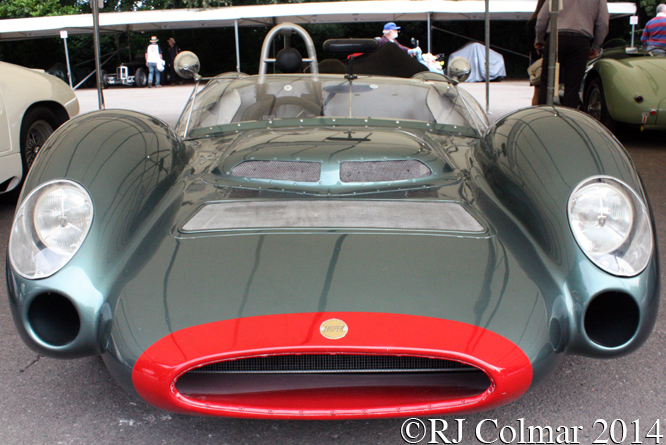
The following year an improved Cooper Monaco ‘T61M’ was raced by 1959 Le Mans winner Roy Salvadori driving for CT Atkins to at least five wins in 1963.
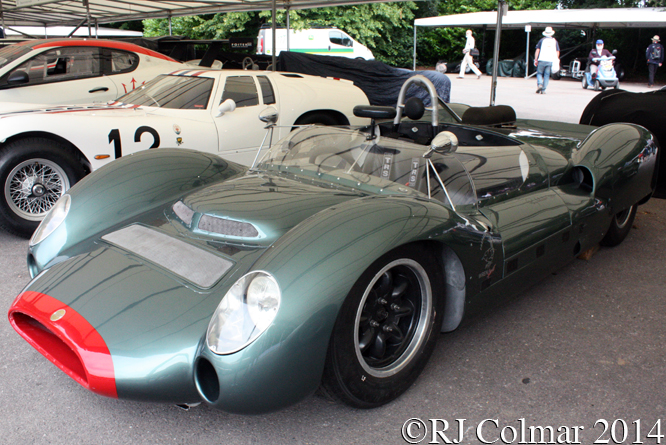
Roger “The Captain” Penske and Skip Hudson had Chevrolet V8’s fitted to their 61M’s and each won at least one race towards the end of of ’63 and early ’64 respectively, while the real T61M success story was Carrol Shelby who bought two T61M’s and fitted them with Cobra 289 V8’s and called them King Cobra’s one of which Dave McDonald drove to win the 1963 USRRC Pro Sports Car Championship.
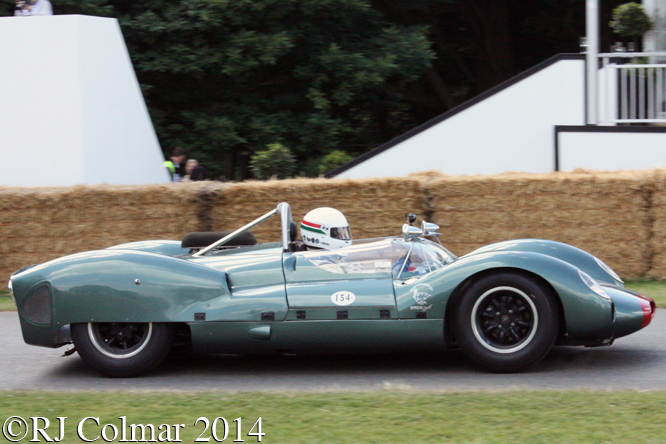
For 1964 CT Atkins and Roy Salvadori hatched a plan to build a T61 and fit a Maserati Tipo 151 5 litre 302 cui V8. This car became the unique T61P Cooper Maserati featured today.
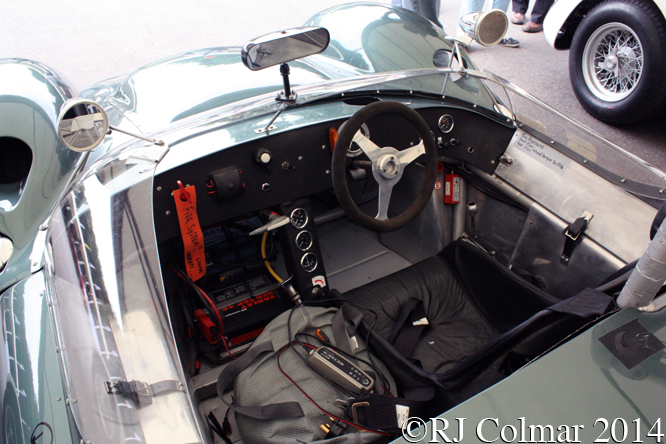
Too cope with the expected 430hp the teams mechanic Harry Pearce strengthened the chassis by welding and riveting a 20 guage steel sheet to the underside of the chassis frame.
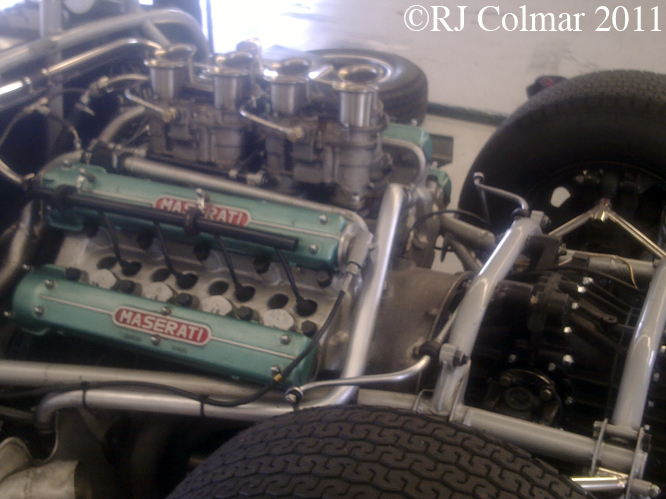
Just as with the original Cooper Monaco T61 the debut of the T61P is unclear some sources show the car started at Oulton Park in 1964 but the result is unknown others show Roy drove the car to a second place finish at the 16th International Trophy meeting run at Silverstone.
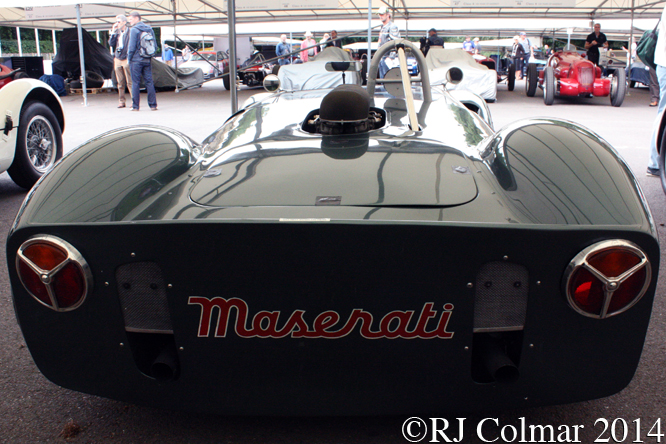
The Roy drove the T61P to victory in the 1964 Whitsun trophy at Goodwood and his only other result was a third place finish in the 1964 British Grand Prix meeting at Brands Hatch. After two further retirements CT Atkins closed his team down.
Contemporary accounts all describe the handling of the T61P as wild, possibly due to the weight of the 20 guage steel under tray and absence of any suspension geometry adjustments to compensate.
The car has since had it’s handling sorted and is seen above at this years Goodwood Festival of Speed with owner Micheal O’Shea at the wheel.
Thanks for joining me on this “Beast Of Surbiton” edition of “Gettin’ a li’l psycho on tyres” I hope you will join me again tomorrow. Don’t forget to come back now !


